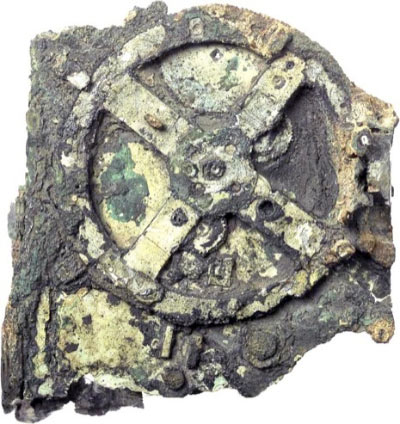The ancient Athenian calendar was a lunisolar calendar with 354 day years, consisting of twelve months of alternating length of 29 or 30 days. To keep the calendar in line with the solar year of 365.25 days, an extra, intercalary month was added in every other year. The Athenian months were called Hekatombion, Metageitnion, Boedromion, Pyanepsion, Maimakterion, Poseidon, Gamelion, Anthesterion, Elaphebolion, Munychion, Thargelion, and Skirophorion. The intercalary month usually came after Poseidon, and was called second Poseidon.
In addition to their regular, "festival" calendar, the Athenians maintained a second, political calendar . This "conciliar" calendar divided the year into "prytanies", one for each of the "phylai", the subdivisions of Athenian citizens. The number of phylai, and hence the number of prytanies, varied over time. Until 307 BCE, there were 10 phylai. After that the number varies between 11 and 13 (usually 12). Even more confusing, while the conciliar and festival years were about the same length in the 4th century BCE, such was not regularly the case earlier or later. documents dated by prytany are frequently very difficult to assign to a particular equivalent in the Gregorian calendar.

The table of Greek Olympiads, following the four-year cycles between the Olympic Games from 1 July 776 BC, continued until the end of the 4th century AD. The Babylonian Era of Nabonassar, beginning on 26 February 747 BC, was used by the Greeks of Alexandria. It was later known in the Middle Ages from the works of Ptolemy. Additionally there was the Macedonian Era of the Seleucids, which began with the conquest of Babylon by Seleucus Nicator in 312 BC. It became widely used in the Levant. The Jews knew it as the "era of contracts", and used it in Europe until the 15th century.
Next page: the roman calendar
